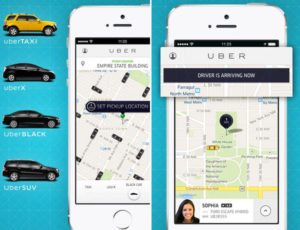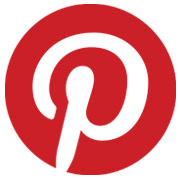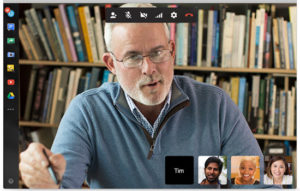
Facebook will simplify its advertising structure in an effort to make it easier for marketers to determine which products will help them best reach consumers, the company announced this week.
Advertisers currently face a choice of 27 different formats on the social network, but the streamlining effort will cut that back to fewer than half that number.
Many of the company’s current ad options accomplish the same advertiser goals despite being useful in their own ways as well, Facebook explained. So, the trimmed-down approach will make it simpler for marketers to decide how they try to reach Facebook users through display ads.
A Push for Consistency
“Sponsored Stories,” one of Facebook’s popular ad formats, will no longer be a standalone ad option, but will still be available through other ad selections.
Facebook advertisers will also have the choice to buy ads based on different goals in targeting consumers, such as convincing them to download apps, “like” a page, print out an offer for a deal at a brick-and-mortar location or head to the company’s website for an online deal.
The company will also make sure there is greater consistency in the appearance of ads across the site, it said.
Facebook will start with its consistency updates later this month and continue the rest of the changes through the fall. Its pricing structure won’t be affected by the changes, it said.
Facebook did not respond to our request for further details.
‘End Users Might Be Happier’
Advertising makes up about 85 percent of Facebook’s revenue. Frequent updates to the ad platform and continuing relevance are both important parts of protecting that revenue stream, said Brent Csutoras, social media consultant at Kairay Media, so these latest updates will likely come as a welcome change.
“The new changes seem to really combine many elements that used to be choices before, which provides more to the ads being run, as well as really focusing more on what the advertiser’s goal is versus making them pick the ad types themselves,” Csutoras told the E-Commerce Times. “Lastly, the end users might be happier, as the way ads are shown will get more uniform as well.”
One issue with more streamlined ads, though, could be that Facebook users get better at ignoring the uniform structure and don’t wind up clicking on as many ads as the marketers hope, Csutoras pointed out.
“Time will tell whether more uniform display of ads will lead to more ad blinders,” he pointed out. “It will really depend on how the one ad type will look and be incorporated.”
Also unclear is how the new structure fits into the company’s mobile advertising initiatives, which are increasingly important to investors as more users turn to their smartphones and tablets to log in to Facebook, Csutoras added.
“I do not know that it really fits into their mobile strategy at all, or if that was even part of the consideration,” he said.
Just the Beginning
In any case, while Facebook’s changes will certainly help streamline the process of displaying ads through the social network, it’s only a start, Csutoras warned.
A complex ad structure isn’t the only thing keeping marketers from flocking to the site — they also need to be ensured they’ll see results from their ad spending, and that hasn’t always been a guarantee on the site.
“When it comes to complaints about Facebook’s ads system, too many ad options and the complexity of the system has definitely been an issue, but not the biggest one that Facebook should have addressed,” he noted. “What has really been a much larger complaint has been the quality of the ads themselves, especially around using the ads system to get more likes for your fan pages.”
In the future, then, Facebook would be better off if it can think about the advertisers’ ultimate goals rather than the process it uses to develop those ad strategies, said Gordon Owens, digital marketing professional at GO Digital WSI.
“I imagine most agencies don’t care about the platform as much as they care about the results for their clients,” he told the E-Commerce Times. “If Facebook ads are part of a client’s strategy, then we will run the ad campaign regardless of the ease of use.”












































Social Media
See all Social Media